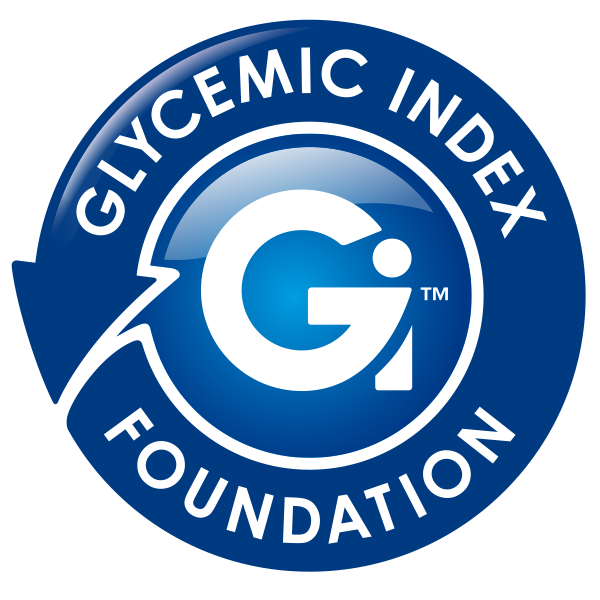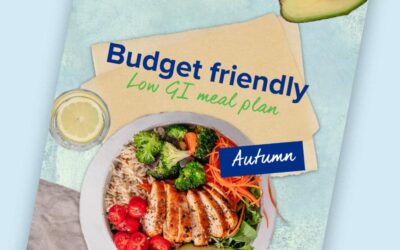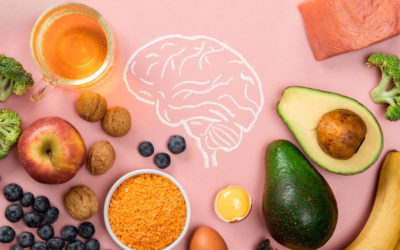Chronic disease is the leading cause of death in the world with unhealthy diets being identified as one of the major risk factors. One of the dietary factors that has been extensively reviewed is the ‘quality’ of carbohydrates in the diet. The quality of carbohydrates refers to the Glycemic Index (GI).
What is the GI?
The Glycemic Index (GI) is a tool that measures how carbohydrates affect blood glucose levels. It then ranks the quality of carbohydrates based on this score. Carbohydrates are an essential part of our diet providing fuel for the brain, most other organs, and muscles during physical activity. However, not all carbohydrate foods are equal.
High GI carbohydrates cause blood sugar levels to spike and then crash, whereas low GI foods are digested and absorbed more slowly. This slow release of glucose into the bloodstream is proven to be much more beneficial for the body.
Why Low GI?
In July 2023, WHO published three new evidence informed guidelines including ‘Carbohydrate intake on Adults and Children‘ with particular focus on carbohydrate quality. It has been recommended that people in industrialised countries base their diets on low GI foods to prevent chronic disease including coronary heart disease, diabetes, and obesity. The quality of carbohydrates refers to the Glycemic Index (GI).
According to research, low-GI and/or low-GL (low Glycemic load) diets are independently associated with a reduced risk of chronic disease including type 2 diabetes, heart disease, gallbladder disease and breast cancer. The Glycemic Load (GL) rates carbohydrates according to the glycemic index and the amount of carbohydrate in the food.
Furthermore, it has been shown in studies that the GI has a more powerful effect than the GL in terms of reducing chronic disease risk. This means the quality (GI value) is more effective than carbohydrate quantity (amount).
Backed by more than 40 years of science, a healthy low GI lifestyle is a sustainable way to improve overall good health across all stages of life. It is a simple and effective way to:
- Manage weight by controlling appetite and delaying hunger
- Fuel the body for sustained energy
- Improve pregnancy outcomes
- Reduce the risk of developing type 2 diabetes and heart disease
- Improve concentration
- Increase physical performance by extending endurance
- Reduce breast cancer risk
- Manage Polycystic Ovarian Syndrome (PCOS)
- Decrease the risk of common diabetic complications
- Feel fuller for longer
- Benefit eye health and prevent age-related macular degeneration (AMD), a leading cause of blindness
- Reduce acne
How to go Low GI?
In general, low GI foods are less processed and higher in fibre compared to high GI carbs e.g., white bread compared to wholegrain bread. So going low GI doesn’t mean giving up your favourite carbs like bread and potato! It is all about ‘smart swapping’ and to make it easier we have put together some easy ways to make the switch to low GI living.
Quality Carbs – Choose low GI
Going low GI does not mean giving up all your favourite carbs. It is all about swapping – swapping high GI carbohydrates for lower GI options. The best place to start is in the supermarket and to get you started here is a pantry and shopping list.
Tip: look out for foods carrying the low GI symbol. It is your guarantee that these foods have been scientifically tested and meet strict nutrient criteria.
What does a low GI diet look like? Try the sample meal plans below.
Low GI Two Day Meal Plan
| Meal | Day One |
| Breakfast | Porridge made with whole oats and low-fat milk and topped with 1 small, fresh, firm banana, sliced |
| Lunch | Hummus Salad sandwich on rye: 2 Slices Burgen Rye bread spread with 2 Tbsp hummus, sliced tomato, lettuce, and cucumber |
| Dinner | Chicken meatballs and Pasta |
| Snack 1 | 1 serve fresh low GI fruit e.g., apple |
| Snack 2 | 2 wholegrain crackers spread with ¼ avocado and topped with tomato slices |
| Meal | Day Two |
| Breakfast | Avocado & Cottage Cheese Whip on wholegrain toast |
| Lunch | |
| Dinner | Tuna Bean patties served with rocket, pear, parmesan, and walnut salad |
| Snack 1 | Oat based crispbread served with 2 Tbsp hummus |
| Snack 2 | 1 tub (170g) reduced fat Greek/Natural yoghurt with 1 Tbsp slivered almonds, a sprinkling of cinnamon & 150g fresh strawberries or blueberries |
By Rebecca McPhee, Accredited Practising Dietitian (APD) & Health Coach Consultant.



